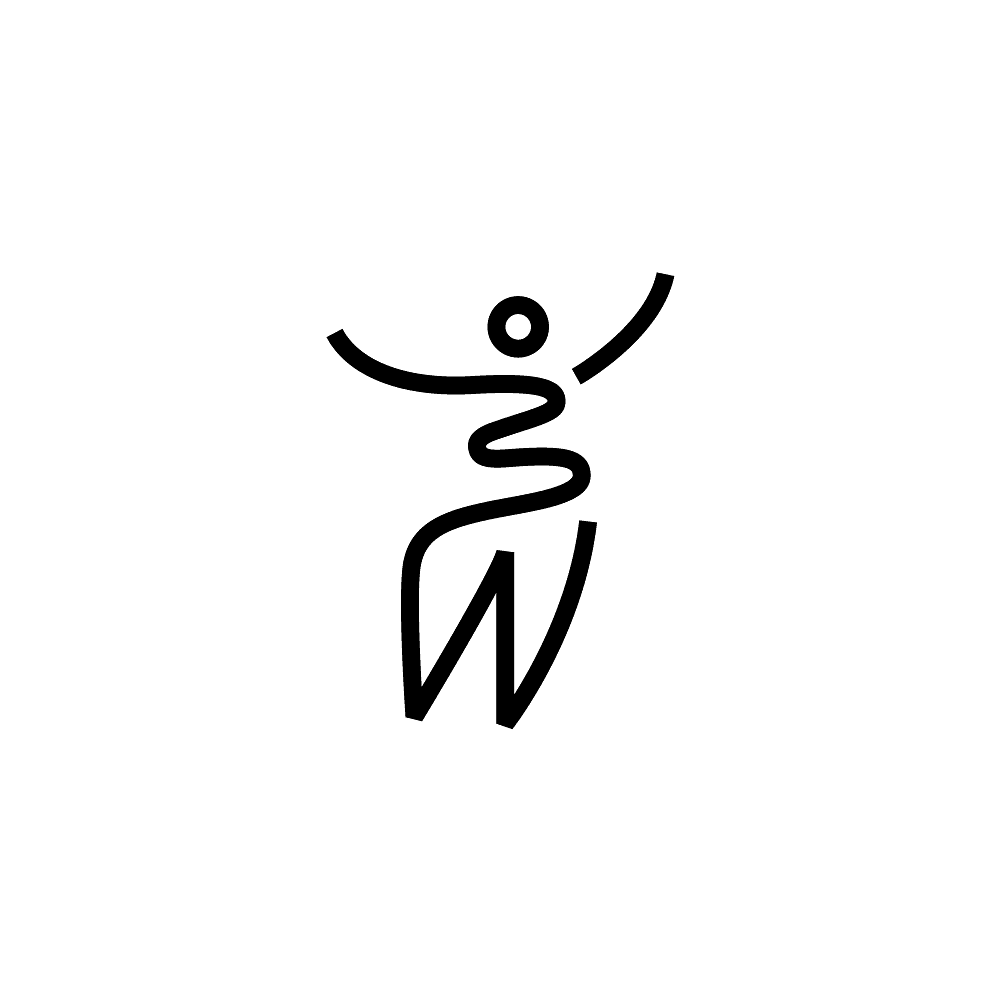Benefits of Squats for Women
Have you ever wondered why gym trainers or athletes ask you to include squats in your workout routine? Here are the 11 benefits of squats for women:
1. Strengthening the Core
Squats benefit females by strengthening their core. According to research, squats are effective for training core muscles, especially for sportspersons. Core muscles get activated during squatting. Research also suggests that front squats are more effective in strengthening the core muscles as it puts more strain on the torso muscles by shifting the centre of gravity.
A blog by Harvard Medical School showed that squats are a vital exercise for core muscles. However, while doing squats, you must ensure that your buttocks are above the knee level and the back does not arch.

2. Helps Improve Body Posture
If you want to work on your body posture, squats might be the perfect exercise for you. Squatting helps increase lower body mobility and also helps strengthen the spine muscles. Moreover, while squatting, the back should be straight and not arched. Therefore, if you have a habit of slouching, front squats are the best exercise to improve body posture.
3. Burns Calories
Along with strengthening your core muscles, squats are also one of the best exercises to burn out daily calories. People can do an average of 25 squats in a minute. You can burn 8 calories in this one minute.
It is estimated that by doing 100 squats, you can burn 32 calories. However, the number of calories you can burn while doing squats depends on your weight.
4. Helps Improve Neurological Health
While squatting, there is both an increased and decreased blood flow in the body. This continuous fluctuation in blood flow improves the functioning of blood vessels and increases blood supply to the oxygen, thus improving cognitive ability.
Interestingly, a professor at the University of South Wales also suggests that squatting helps form new blood cells. According to him, it is even better to do squats while listening to podcasts as the blood flow to our brain increases.
5. Increases Bone Density
If you have weak bones, squatting can help increase bone density. As per a study, strength-training exercises like squats improve skeletal health. The study was conducted on menopausal women with osteoporosis or low bone mass. They were asked to do squats for 12 weeks. It resulted in increased bone density.

6. Balances Body Hormones
Another significant squats benefit for ladies is that it regulates hormones. Intense exercises like squats help in balancing hormones. A study suggests that squats and other physical exercises boost the secretion of growth hormones, cortisol, and other hormones. Increased blood supply to the brain during squats also enhances the release of dopamine hormone that reduces stress.
7. Effective in Managing Diabetes
According to a study conducted in Japan, daily squat exercise effectively regulates blood sugar levels. The study was conducted on older people with type 2 diabetes who were asked to do squats for 5 minutes twice daily for six months as a part of their physiotherapy routine.
It showed that the squat exercise reduced the HbA1c (Hemoglobin A1c) levels in the body, which measures blood sugar level.
8. Reduces Cellulite
Including squats in your daily exercise routine can tone your butt and lower body by reducing cellulite as it puts pressure on the muscles. However, you should not overdo squats. Also, it is important to remember that only squats will not help tone your muscles. You also need to do other exercises, strength training, and take care of your nutrition.
9. Strengthening the Muscles of Lower Limbs
One of the most significant benefits of squats for women is strengthening the lower body. According to research, squatting is an excellent exercise for strengthening the lower limbs, especially the ankle, knees, and hips. Squatting activates back muscles and lower body muscles.
10. Helps Perform Daily Activities Better
If you do squats regularly, you will also see an improvement in your daily activities. According to research, bodyweight squats can improve Post-Activation Performance Enhancement (PAPE).
It means that after squats, the muscles will work better, and you can do tasks that require strength and power easily. Moreover, by doing squats daily, you will be working on your muscles, glutes, and quadriceps (thigh muscles). It helps in boosting the body's metabolism and makes you feel energetic, thus enhancing daily functioning.
11. Managing PCOS Symptoms
Another importance of squats for ladies is that it helps manage PCOS symptoms. Research suggests that vigorous physical exercises are beneficial in managing PCOS symptoms. Women with PCOS can include 20 minutes of squats in their exercise routine to deal with its symptoms.

How To Do Squats?
Even though squats are one of the best exercises for strength and resistance training, it is important to maintain a correct posture while doing squats. Else it can cause an injury by putting stress on your ligaments. Let us see the right method for squats and some common mistakes that you must avoid.
- Before squatting, you need to put your feet apart to maintain shoulder width and point your toes slightly outward.
- Straighten your back and tighten your core.
- The best way to start doing squats is to move your butt backwards in a sitting position and put your weight on your heels. Remember not to bend your knees while starting with squats, as it can cause injury.
- While in a squatting position, keep your knees outward.
- Then, you have to look straight ahead and relax your shoulders.
- Now, take your hands straight in front of you.
- When you stand back up, you have to squeeze your glutes.
Here are some common mistakes that you need to look out for while doing squats:
- Hunching or arching your back is a strict no while doing squats. You have to make sure that your back is straight. Remember not to put extra pressure. Also, relax your shoulders.
- Another mistake to avoid is your knees moving forward more than your toes. You need to place your weight on your heels while squatting.
- While rising, you should lift your torso and butt simultaneously. Do not lift your butt before the torso.
References
- Mats P Mosti, Nils Kaehler, Astrid K Stunes, Jan Hoff, October 2013; Maximal strength training in postmenopausal women with osteoporosis or osteopenia - https://pubmed.ncbi.nlm.nih.gov/23287836/
- Strengthening your core: Right and wrong ways to do lunges, squats, and planks - https://www.health.harvard.edu/blog/strengthening-your-core-right-and-wrong-ways-to-do-lunges-squats-and-planks-201106292810
- Michal Wilk, Miroslav Petr, Michal Krzysztofik, Adam Zajac, October 2018; Endocrine response to high intensity barbell squats performed with constant movement tempo and variable training volume - https://pubmed.ncbi.nlm.nih.gov/30531700/
- Tae-Sik Lee, Min-Young Song,and Yu-Jeong Kwon, December 2016; Activation of back and lower limb muscles during squat exercises with different trunk flexion - https://www.ncbi.nlm.nih.gov/pmc/articles/PMC5276771/
- Rhiannon K. Patten, Russell A. Boyle, Trine Moholdt, July 2020; Exercise Interventions in Polycystic Ovary Syndrome: A Systematic Review and Meta-Analysis - https://www.frontiersin.org/articles/10.3389/fphys.2020.00606/full







